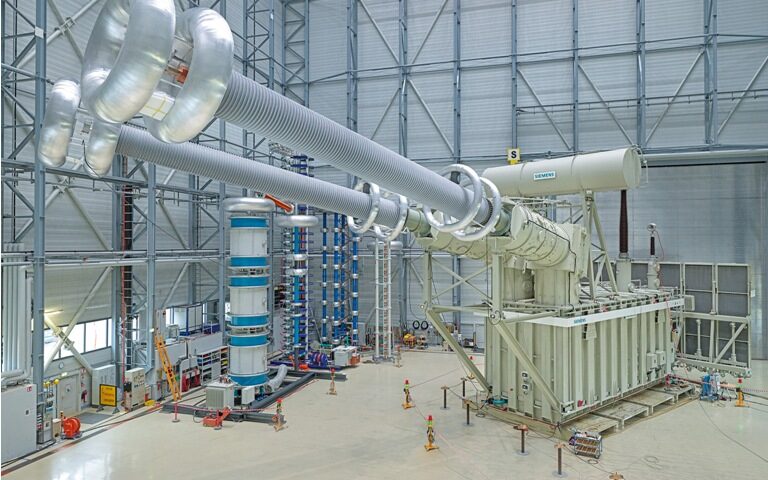Industry body IEEMA recently held its Annual Convention that witnessed several keynote addresses on the broad subject of strategies for the new energy paradigm.
One such presentation dwelt on the subject of innovation. When we speak of innovation, what immediately comes to our mind is innovation in products or technologies. However, innovation need not, and should not, limit itself to technology. Innovation in areas like financing, for instance, needs attention. Innovative financing models can go a long way in making India’s infrastructure development a cost-effective exercise.
Some years ago, Energy Efficiency Services Ltd (EESL) devised the OPEX model – a true financial innovation – for funding the rollout of 5 lakh prepaid smart meters in Bihar. This was a huge success. In fact, it can be proudly recalled that during the pandemic years, when state power utilities were struggling to reach physical bills to its consumers, especially in rural and semi-urban areas, Bihar discoms were garnering revenues of up to Rs.5 lakh per day, thanks to prepaid smart metering and the inherent facility of digital payment.
Today, the RDSS envisages the TOTEX model that seeks to finance the rollout of a massive 25 crore smart prepaid meters, largely from funding from the private sector. Coming to think of it, the TOTEX model is a amplified extension of the OPEX model that EESL had introduced. This significant financial innovation is poised to have a huge positive impact, and that too nationwide.
Even when one speaks of technical innovation, the process is fraught with practical complexities. Companies that are engaged in manufacturing of electrical equipment, for instance, have immense scope for technological innovations. For instance, it is often spoken in industry circles that the basic design of a transformer has not changed from the time of Faraday! A transformer-less grid is hard to imagine but is it in the realms of possibility? Only serious innovation can provide the answer.
Companies are mostly engaged in day-to-day activities and the inclination towards innovation is limited, by design. This is also borne out in India’s low R&D expenses to GDP ratio. There are several startups and unicorns that devise technical innovations. However, these innovations cannot be deployed readily as they are generally futuristic in nature.
Hence, while technical innovations chug along, either through startups and R&D works of companies, there should be parallel emphasis on other forms of innovations like those on the financing or strategy side. Startups should be encouraged to devise financial innovations, and not just technical ones.
As financial innovations can generally be deployed with less lead time, they can contribute to overall cost-effectiveness and efficiency, which is after all ultimate aim of innovation.
The author is this post, Venugopal Pillai, is Editor, T&D India, and may be contacted on venugopal.pillai@tndindia.com. Views are personal

